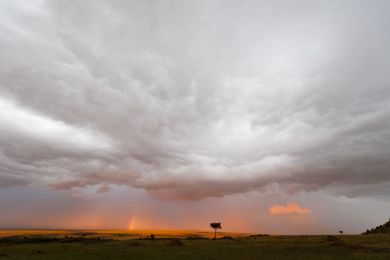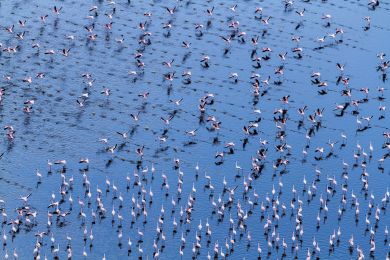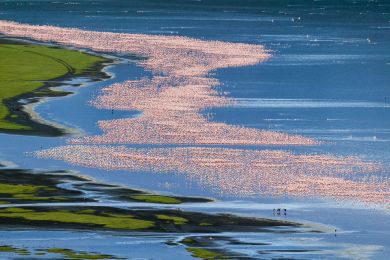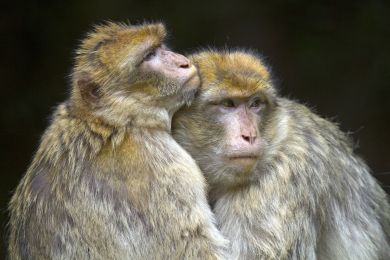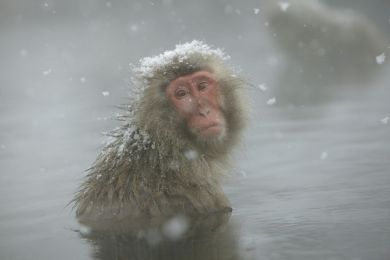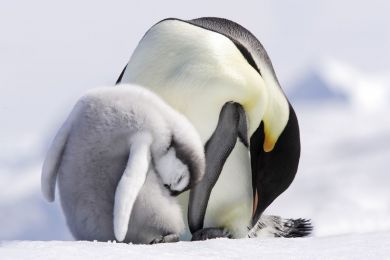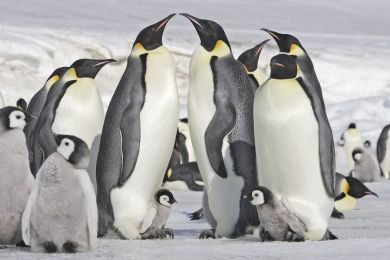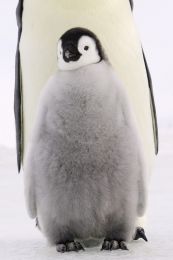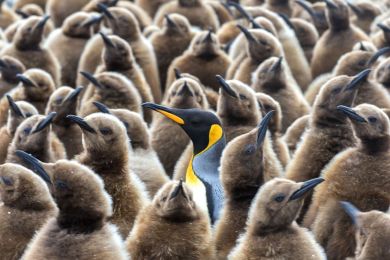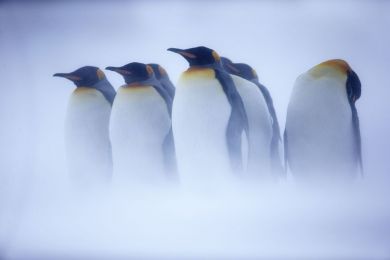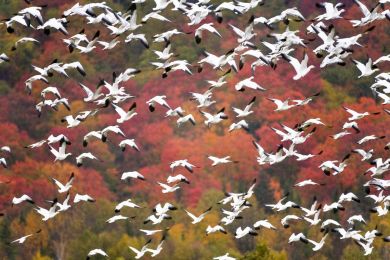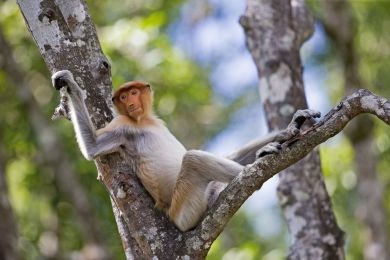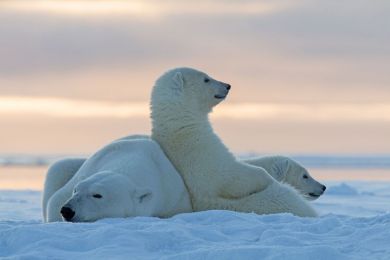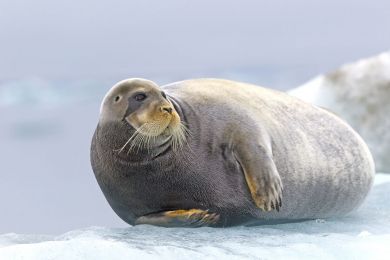By buying this product you can collect up to 178 loyalty points. Your cart will total 178 points that can be converted into a voucher of 35,60 €.
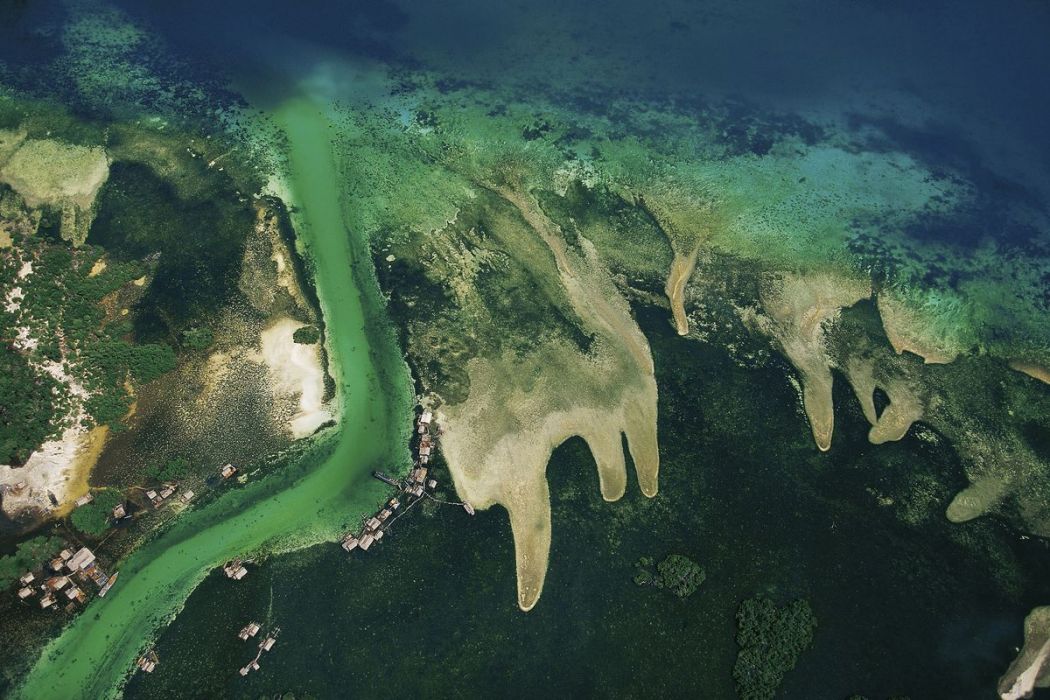 View larger
View larger
Picture information
Panducan island, Philippines
Yann ARTHUS-BERTRAND
Art Photography by Yann ARTHUS-BERTRAND, village near Panducan island, Phiilippines. The Panducan region, in the Pangutaran group of islands, is part of the Sulu archipelago. The islands are home to the Tausug, “people of the sea currents,” who number 400,000. Formerly smugglers, the Tausug now live from trade and fishing.
Data sheet
| Orientation | Landscape |
| Color | Green |
Panducan island, Philippines
Yann ARTHUS-BERTRAND
Art Photography by Yann ARTHUS-BERTRAND, village near Panducan island, Phiilippines. The Panducan region, in the Pangutaran group of islands, is part of the Sulu archipelago. The islands are home to the Tausug, “people of the sea currents,” who number 400,000. Formerly smugglers, the Tausug now live from trade and fishing.
Fine Art Photography
Print by Experts
100 % Made In France
A recognized expertise, a search of permanent quality.
Printed by a professional photographic laboratory.
All prints are made to order, controlled by the Technical Director.
A certificate of authenticity is provided with each photograph.
Framework made by selected materials to give you the best results. every step of the processing is monitoring by experts.
Loyalty points
Gift Card
Don't miss the opportunity to do the best present...
The whole Yann Arthus-Bertrand photos available with Hemisgalerie gift card.
Lets your guest choose the best image.
Amount from 50 €, create and download directly on our website, valid for one year including promotions.
The original gift for all events
More info
The Panducan region, in the Pangutaran group of islands, is part of the Sulu archipelago. The islands are home to the Tausug, “people of the sea currents,” who number 400,000. Formerly smugglers, the Tausug now live from trade and fishing. They live in small hamlets of bamboo houses on stilts, scattered along the coasts fringed with coral. The coral reefs of the Philippines make up 9 % of the world’s total, and are the most biologically diverse, with over half of tropical fish species. However, fishing with cyanide (used to capture aquarium fish) or with explosives—as practiced by a minority of unscrupulous fishermen—has had a devastating effect on the reefs, nearly 70 % of which are now badly damaged. The consequences are serious for the diet of the Filipinos themselves since the fish and mollusks are their main source of protein. In the neighboring Indonesian archipelago, increased surveillance of the national parks has reduced these local practices, and since 1998 fifteen villages have banned fishing in certain damaged reefs, thus creating the first natural marine reserves to be run by local communities.





















































